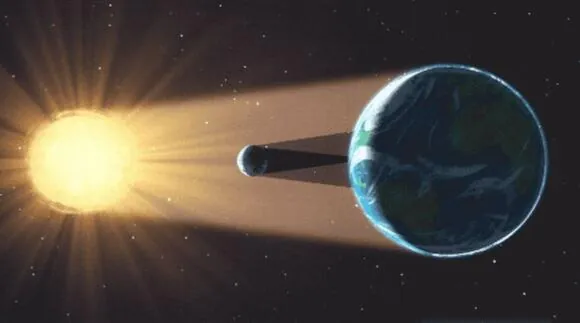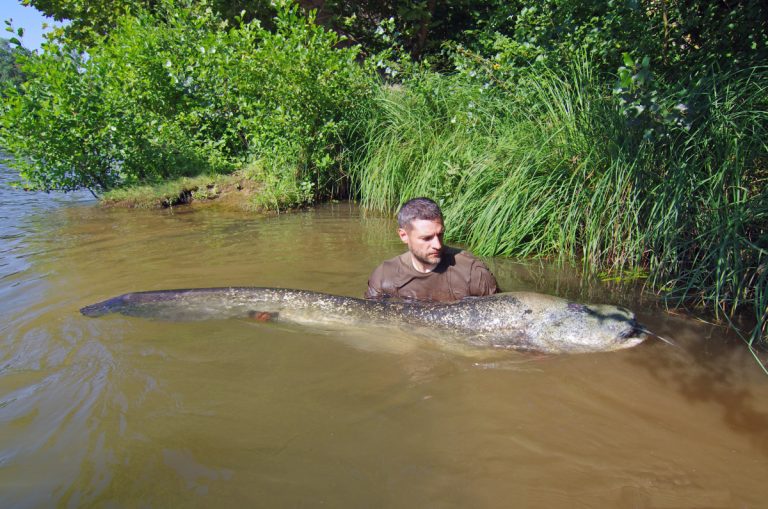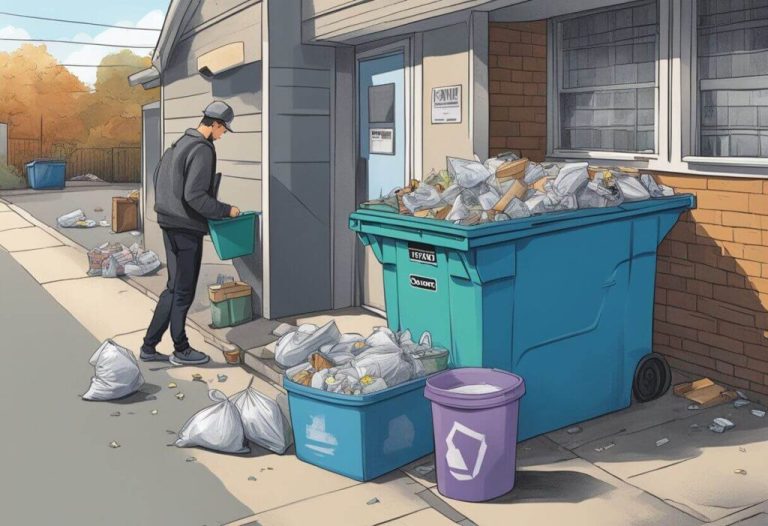On Saturday, residents of Kansas City will have the opportunity to witness a partial solar eclipse in the skies.
If you are planning to explore the area, it is advisable to get some safety gear beforehand.
NASA explains that during a solar eclipse, the moon positions itself in the middle of the Earth, moon and sun alignment, which results in the sun being partially blocked from the viewpoint of those on Earth.
On Saturday, viewers will witness an annular solar eclipse, where the moon will partially cover the sun, creating a stunning “ring of fire” visible from certain vantage points.
Observers in Kansas City and the surrounding areas will witness a partial solar eclipse, with approximately 61% of the sun being blocked out. However, the ring around the edge of the sun will not be visible from Kansas and Missouri.
This coming Saturday, two exciting watch parties are scheduled to take place at Union Station and the University of Kansas.
The partial eclipse is set to begin in Kansas at approximately 10:16 a.m. and will continue until 1:24 p.m. Similarly, in Missouri, it will commence around 10:24 a.m. and conclude at 1:33 p.m.
Always keep in mind that gazing directly at the sun during a partial eclipse can cause severe damage to your eyes. It is crucial to use appropriate eye protection to avoid any harm.
If catching a glimpse of this uncommon occurrence is on your agenda, here’s what you should keep in mind.
Here is some information about the upcoming solar eclipse this Saturday! It is important that you find ways to view the eclipse SAFELY. Here is a NASA link that provides more safety information for when you are viewing solar eclipses: https://t.co/f6IDzpF4yd #kswx pic.twitter.com/Hqr8gLzulU
— NWS Wichita (@NWSWichita) October 9, 2023
What equipment do I need to protect my eyes during an eclipse?
If you’re in the market for eclipse glasses, you have several options to choose from. You can easily find them online at retailers such as Alpine Astronomical and My Science Shop. Alternatively, if you prefer to shop in-person, stores like Home Depot, Lowes, and Walmart also sell eclipse glasses. Regardless of your preference, you have plenty of choices when it comes to purchasing eclipse glasses.
If you’re interested in making your own solar viewer, you can easily do so with just a cardboard box and a few other materials. Start by placing a piece of white paper on the back inside wall of the box. Then, create a small pinhole on the opposite side of the box, which will allow light to pass through the hole and project an image onto the paper. This is a fun and simple way to safely view the upcoming solar eclipse.
According to NASA, it is imperative to use safe solar viewing glasses or a secure handheld solar viewer when observing a solar eclipse with your naked eyes.
According to NASA, it is crucial to avoid looking directly at the sun through a camera lens, telescope, binoculars, or any optical device while using eclipse glasses or handheld solar viewers. The concentrated solar rays can easily burn through the filter and cause significant damage to your eyes. It is essential to take the necessary precautions to protect your eyesight during a solar eclipse.
According to the American Astronomical Society, it is advisable to steer clear of purchasing eclipse glasses from online platforms like Amazon and eBay as they may not have undergone thorough testing.
Where can I watch the eclipse in Kansas City?
Several locations in the Kansas City area are organizing watch parties on Saturday for the eclipse, which will be visible to different degrees throughout North America and other regions.
Join the Arvin Gottlieb Planetarium team members at Haverty Family Yard from 10 a.m. to 2 p.m. for a watch party hosted by Science City at Union Station. Visitors can take a closer look at the stars through telescopes during the event.
The first 1,000 visitors to Union Station can now get their hands on a complimentary pair of special safety-viewing glasses. To avail of this offer, visitors need to purchase a Science City ticket, which costs $16 or is free for Union Station members.
The Department of Physics & Astronomy at the University of Kansas in Lawrence is offering an opportunity for the public to witness the partial solar eclipse from 11 a.m. to 1 p.m.
You can safely view the eclipse from the university’s department telescopes, which are set up just outside Malott Hall’s north side, near 1251 Wescoe Hall Drive.
What is an annular solar eclipse?
NASA explains that during an annular eclipse, which is anticipated to occur on Saturday, the moon will pass between the sun and Earth while it is at or near its farthest point from Earth.
Due to its distance from Earth and inability to fully cover the sun, the moon may seem smaller than it actually is in comparison to the sun. As a result, an observer may notice a “ring of fire” effect around the moon during certain astronomical events.
The United States will witness an annular, or ring-shaped, eclipse for the first time since May 2012. Additionally, this will be the first solar eclipse to occur since the total eclipse in 2017.
Solar eclipses come in four different varieties: total, partial, annular, and hybrid.
When is the next solar eclipse?
Don’t miss out on the upcoming solar eclipse, as the next one won’t occur for another six months. Mark your calendars for April 8, 2024, when the next total solar eclipse will take place.
The United States receives the path via the Mexico-Texas border, and it then extends towards the northeast, passing through Arkansas, Missouri, and finally reaching the northeast region of the country.
Residents of Kansas City can expect to witness a partial solar eclipse as the city falls outside the path of the phenomenon.
According to Time and Date, a site that tracks time zones, weather, and sun and moon locations, the city of Poplar Bluff in southeast Missouri will be directly in the path of totality during the upcoming eclipse. This means that the city will experience complete darkness during the event.




